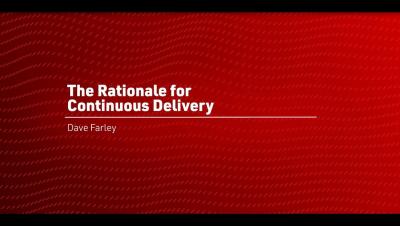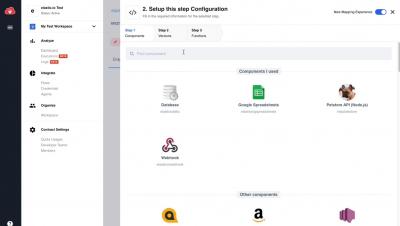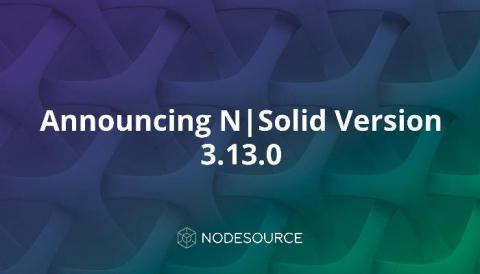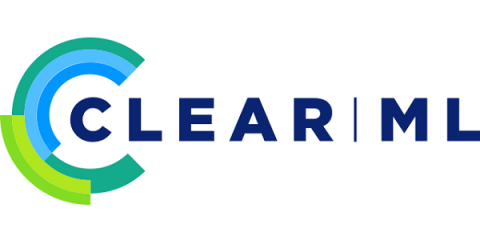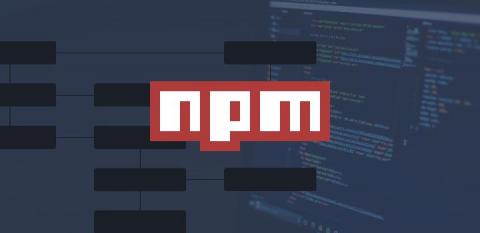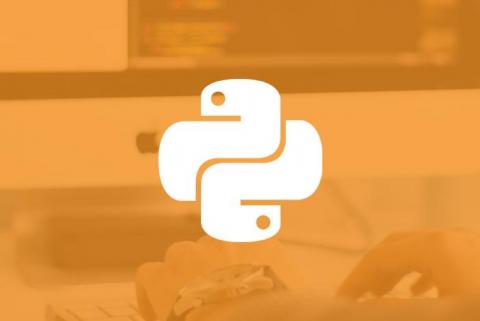Systems | Development | Analytics | API | Testing
%term
How to add own components
Announcing N|Solid Version 3.13.0
We are excited to announce NSolid 3.13.0, which introduces several improvements to the complexity of N|Solid’s Heap Snapshot featuråe, along with a rebase on the latest Node.js Erbium v12.18.1 and Node.js Erbium v12.18.2.
Managing ML Projects - Allegro Trains vs GitHub
The resurrection of AI due to the drastic increase in computing power has allowed its loyal enthusiasts, casual spectators, and experts alike to experiment with ideas that were pure fantasies a mere two decades ago. The biggest benefactor of this explosion in computing power and ungodly amounts of datasets (thank you, internet!) is none other than deep learning, the sub-field of machine learning(ML) tasked with extracting underlining features, patterns, and identifying cat images.
Community Roundup: June 16 - July 3
Summer’s here, folks! If the heat has gotten a bit on your nerves as of late, don’t worry — we’ve got you covered with some cool mentions to make things a bit more bearable. Let’s check them out!
How to Create an npm Package Ready to Distribute From Scratch
Node Package Manager, or npm (usually written in lower case) is one of the most commonly used package managers in JavaScript projects. It is built on top of Node and is so powerful that nearly everybody is using it.
15 Things You Will Learn From Analyzing Your Traffic Sources in Google Analytics
The Most Popular Python Web Frameworks in 2020
Web frameworks are powerful tools. They abstract the common aspects of building web sites and APIs and allow us to build richer, more stable applications with less effort. A broad range of web frameworks is available to us in Python. Some are proven favorites with large ecosystems and communities. Others excel in niche use cases or for specific kinds of development. Still, others are up-and-comers with compelling new reasons to be considered.
Updates from Bugfender Q2, 2020
Welcome to the Bugfender summer newsletter! As we already announced, we achieved a major milestone recently by releasing the Web SDK, bringing the features you love using to a whole new platform. But as always we want to keep pushing to give you a better product, and we’ve introduced recently some more updates we want to share with you: We hope you find all these updates useful!
Sifting Through COVID-19 Research With Qlik and Machine Learning
Research on COVID-19 is being produced at an accelerating rate, and machine intelligence could be crucial in helping the medical community find key information and insights. When I came across the COVID-19 Open Research Dataset (CORD-19), it contained about 57,000 scholarly articles. Just one month later, it has over 158,000 articles. If the clues to fighting COVID-19 lie in this vast repository of knowledge, how can Qlik help?


